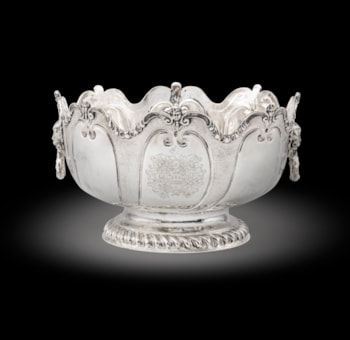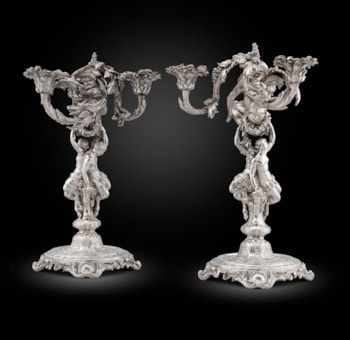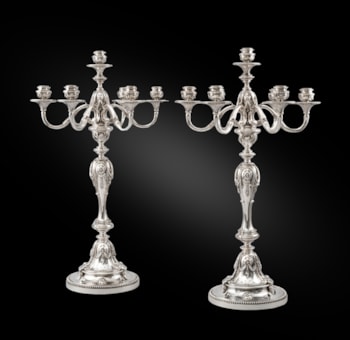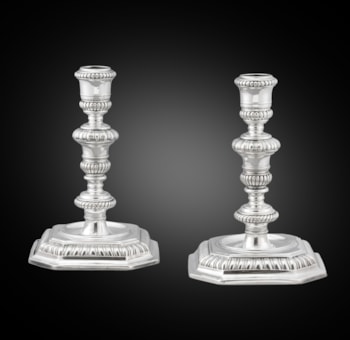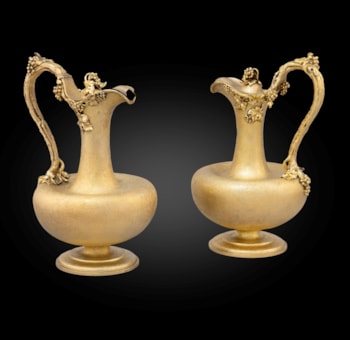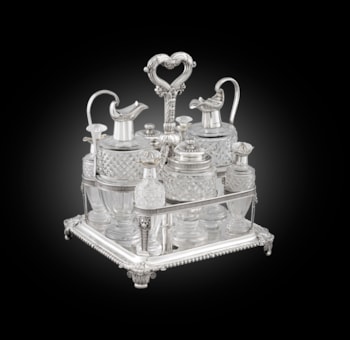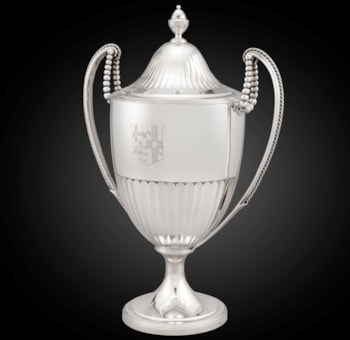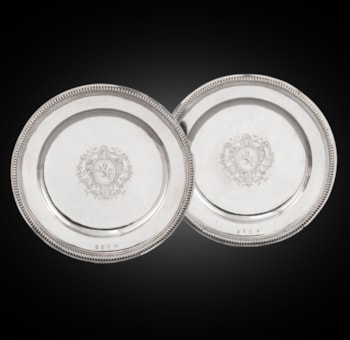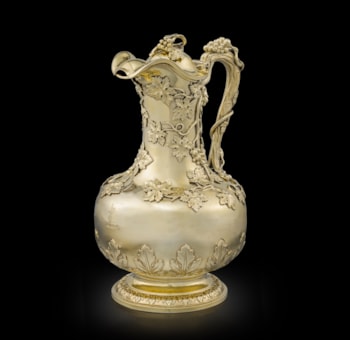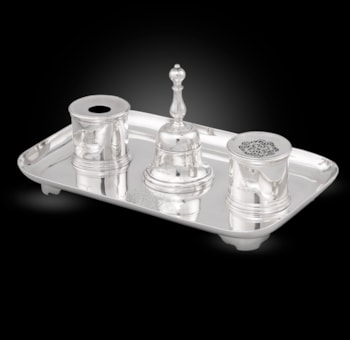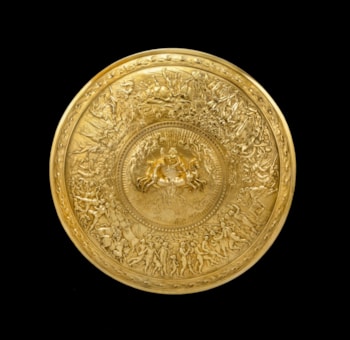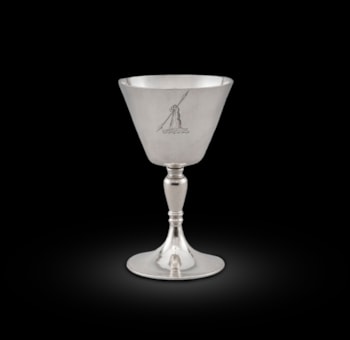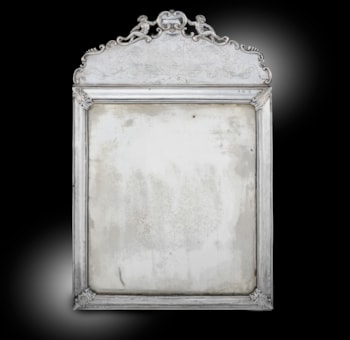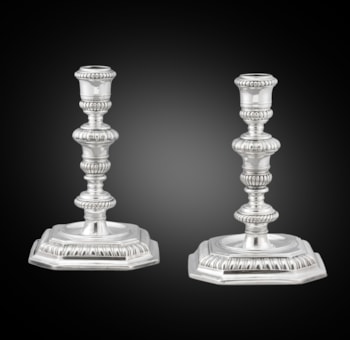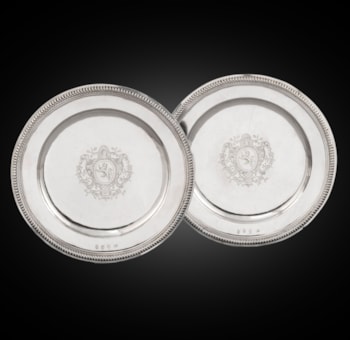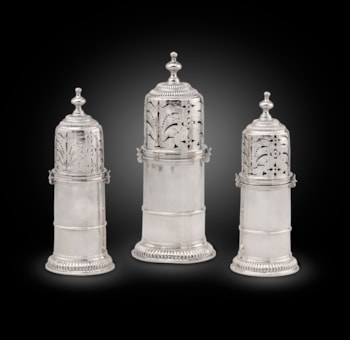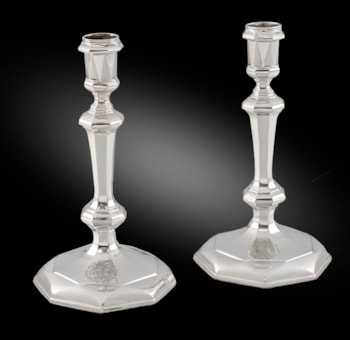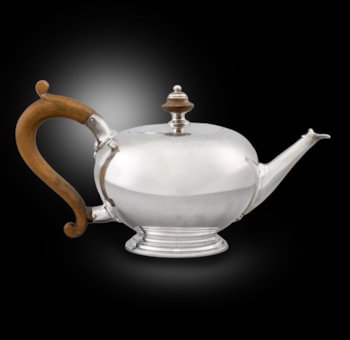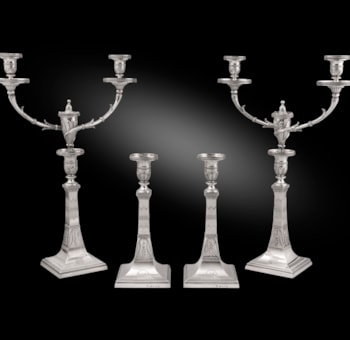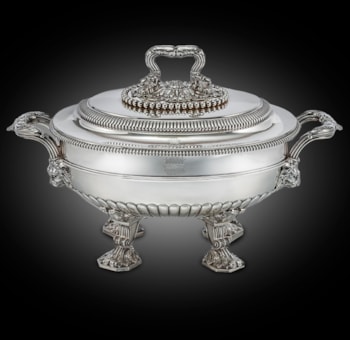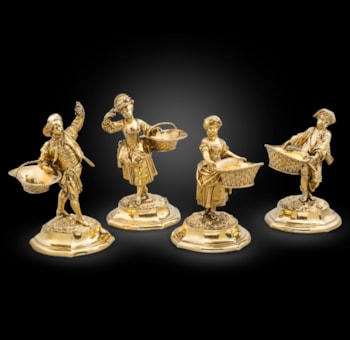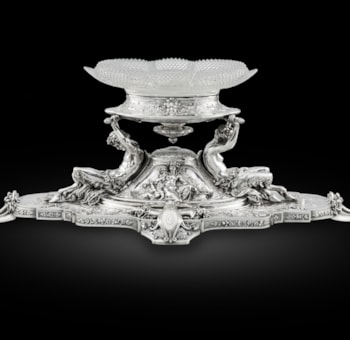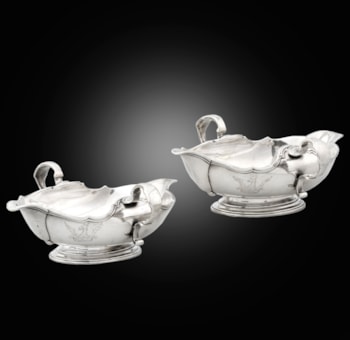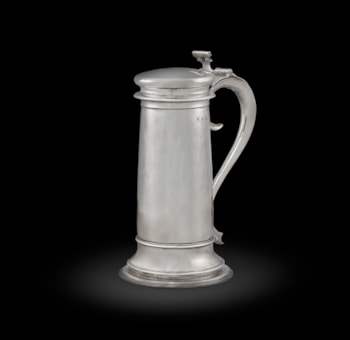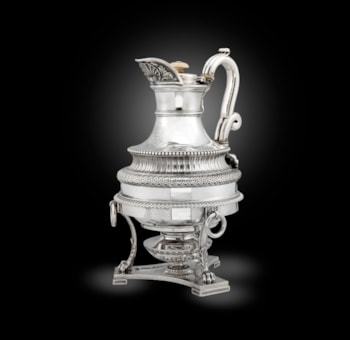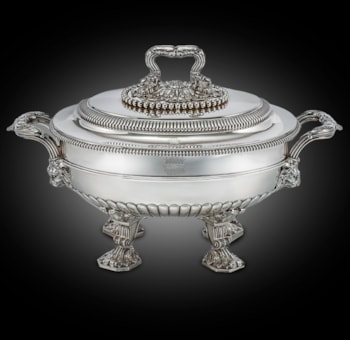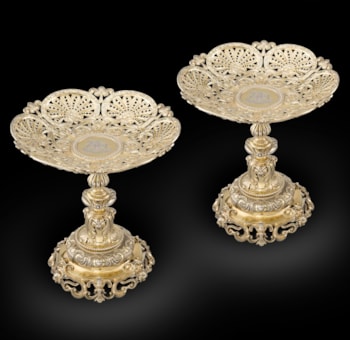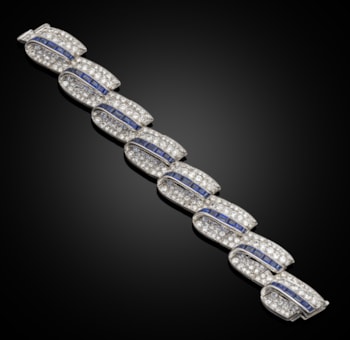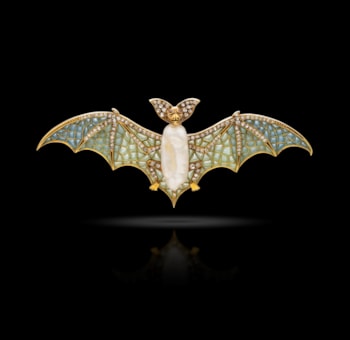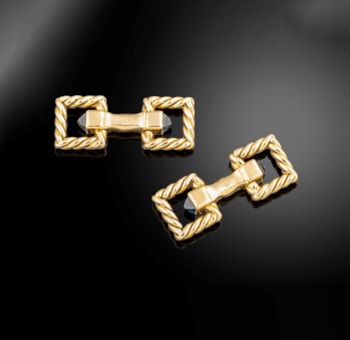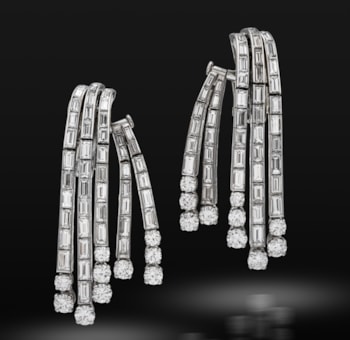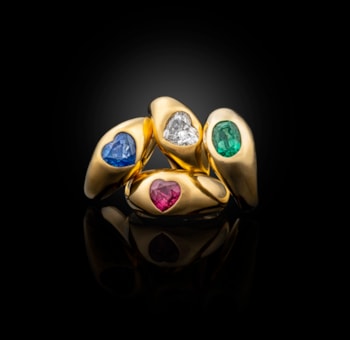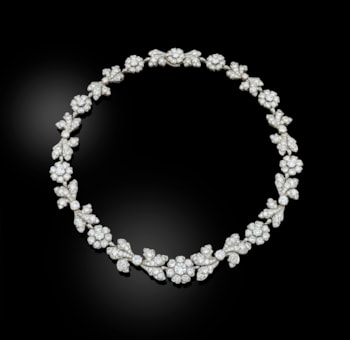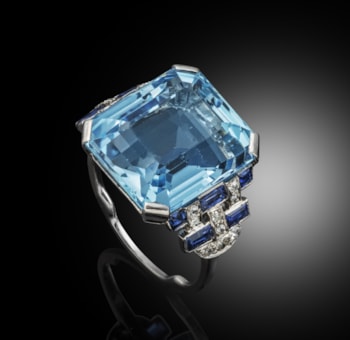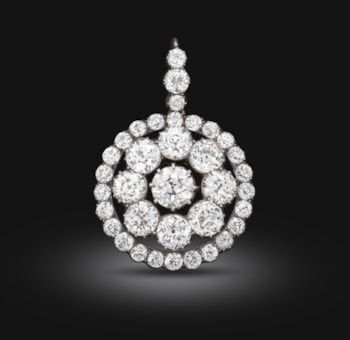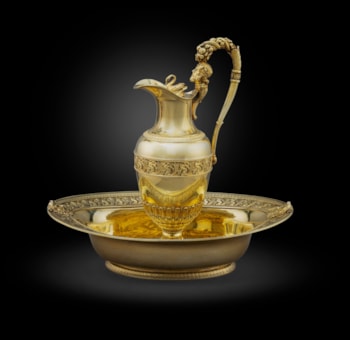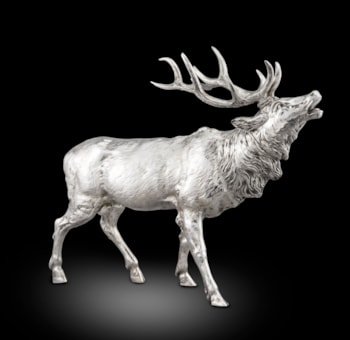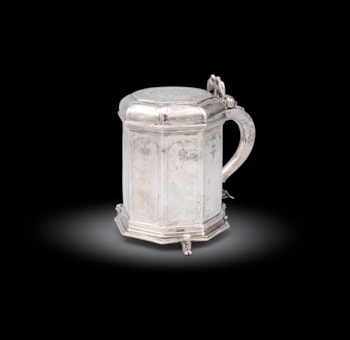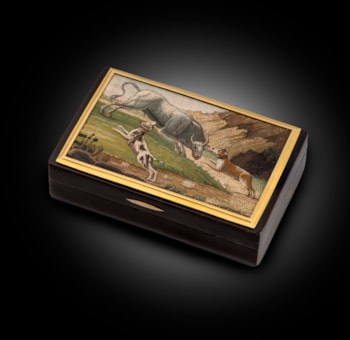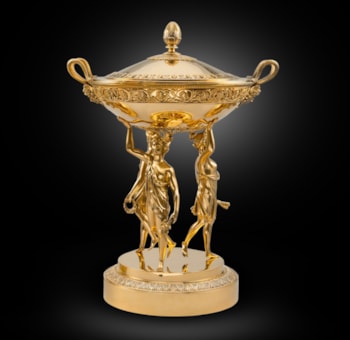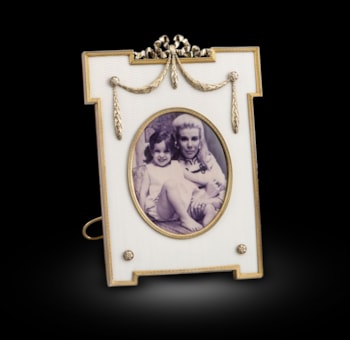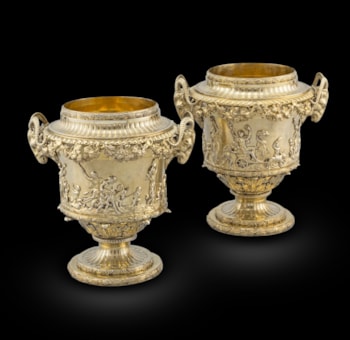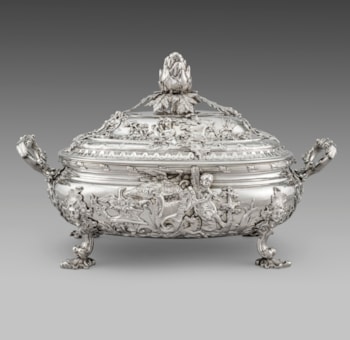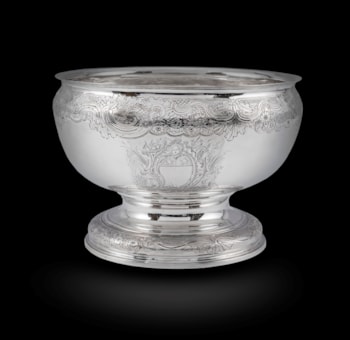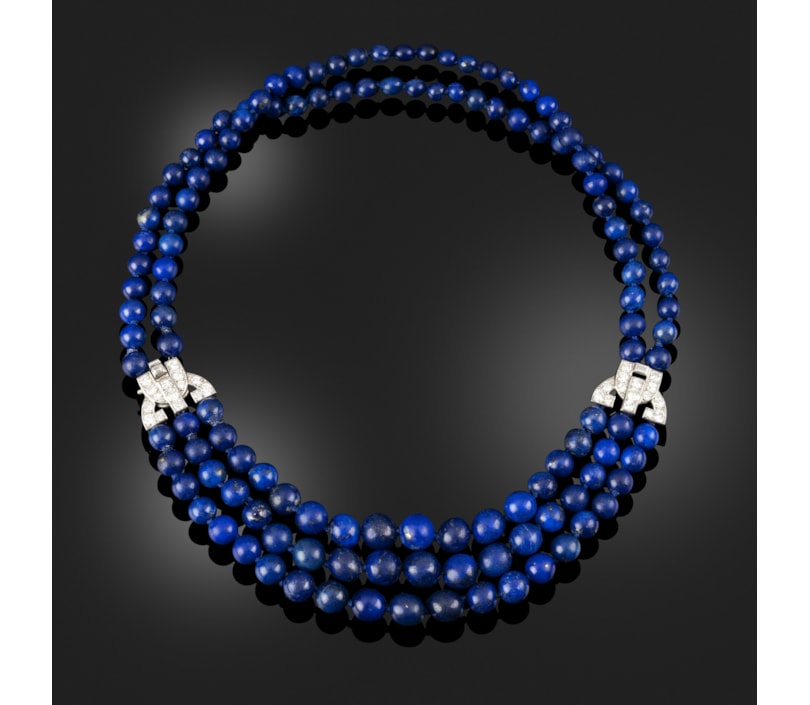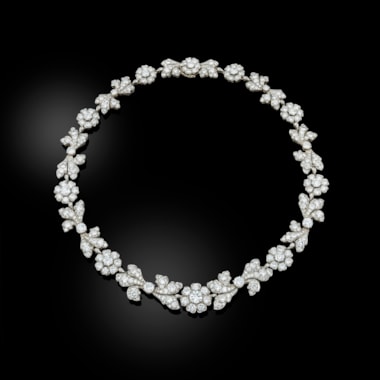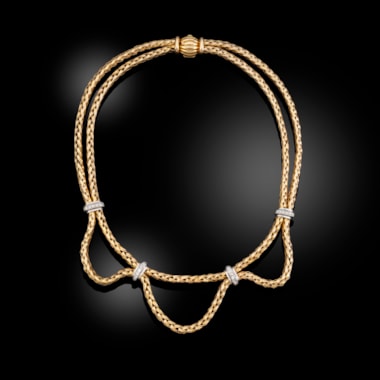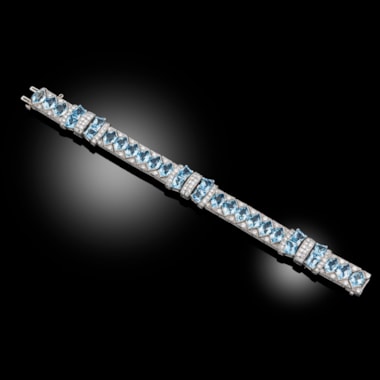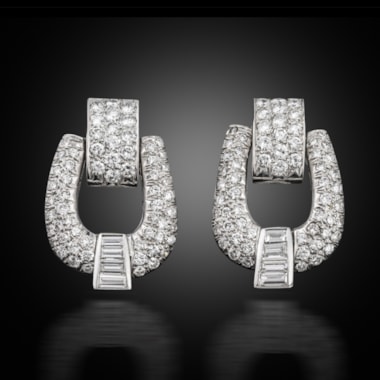Cartier is a French jewellery house founded in 1847 by Louis-Francois Cartier. The house's history started when Louis-Francois Cartier took over master-craftsman Adolphe Picard's atelier in Paris and began creating elegant jewellery recognisable for the use of platinum. The French aristocracy was soon enchanted by the fine jewellery, and Princess Mathilde, niece of Napoleon I, made her first purchase in 1856. Three years later, the Empress Eugenie joined the list of Cartier admirers, and in 1859, Cartier opened a boutique on the Boulevard des Italiens in Paris. In 1899, Alfred and his son Louis Cartier created the first fine wristwatch with diamonds. The piece was a great success, and that same year, 1899, a new Cartier boutique was inaugurated in Paris, at 13 Rue de la Paix, that would go on to become the hub of the house's expertise.
Alfred’s third son remained behind in Paris to continue the growth of Cartier at home. His revolutionary ideas, such as using platinum in jewellery, earned Cartier the title of ‘Jeweller of Kings, King of Jewellers’ from King Edward VII. The celebrity endorsements didn’t stop there, with Louis’ friend Alberto Santos-Dumont commissioning a watch to wear while piloting his lighter-than-air dirigible. Santos-Dumont’s celebrity status made the wrist-worn watch, uncommon at the time, a must-have fashion accessory among men.
A stint on the Western Front inspired Louis to design a watch based on the Renault FT tanks he’d seen in action, turning the profile of a war machine into something beautiful: the Cartier Tank, one of the brand’s most successful timepieces. A commission for the Pacha of Marrakech followed, a waterproof watch that could be worn while swimming. The canteen crown design became the publicly available Cartier Pasha, another icon of Cartier’s past. Perhaps Louis’ most iconic creation was the triple gold Trinity ring, woven in three filaments of red, white and yellow gold.
You May Also Like




